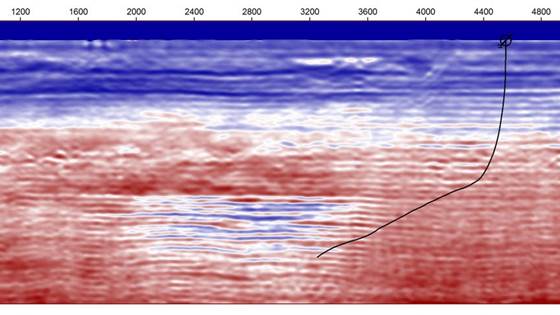
NCCS - Cost-efficient monitoring
Norwegian CCS Research Centre – Task 12: Cost-efficient monitoring.

Norwegian CCS Research Centre – Task 12: Cost-efficient monitoring.
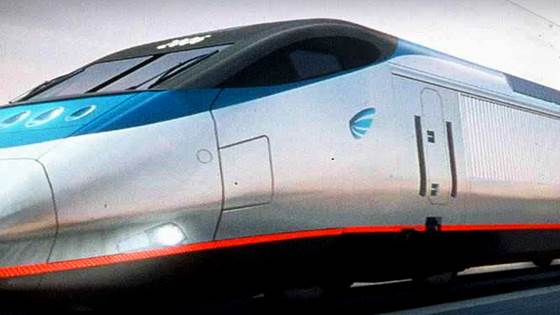
The CO2REOPT project aims at developing methods and tools for full external transport integration where suppliers, manufacturers and customers share a fully integrated and optimized intermodal supply chain.
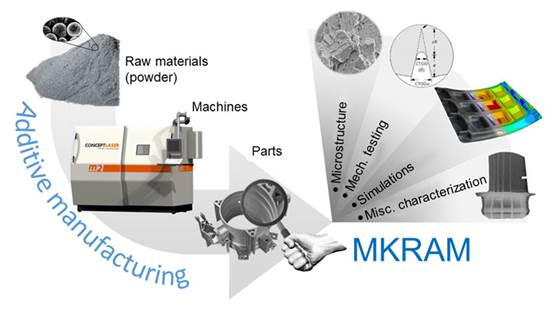
Industrial use of additive manufacturing (3D printing) is increasing. There are many recent developments, both technically and commercially, regarding materials, machines and production services. However, there are also R&D challenges, e.g. when it...
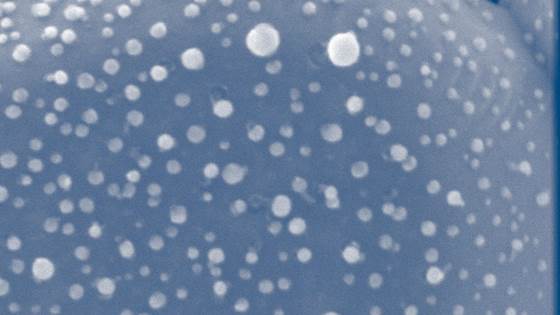
The project aims to develop novel approaches to design property-driven materials with nano-functionalized surfaces and nano-structured thin films as well as necessary experimental techniques to determine catalytic properties and rate determining...
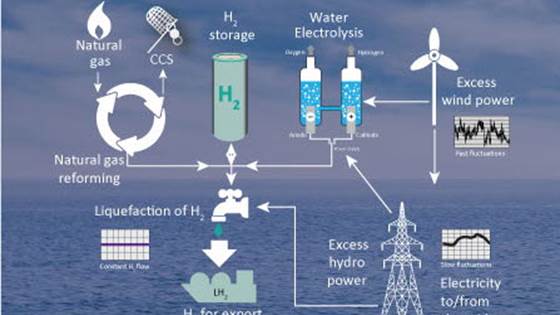
Liquefied hydrogen production from surplus wind/hydro power and fossil sources in Norway
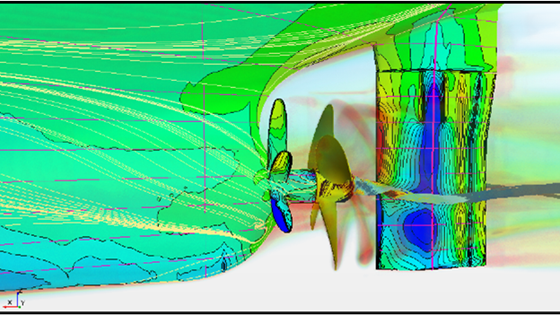
Design Considerations and Performance Evaluation of Energy Saving Devices for Deep-Sea Vessels towards Green Shipping.
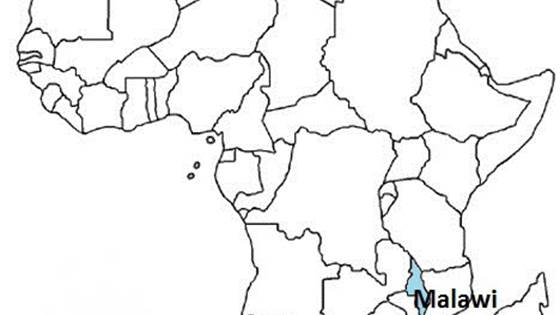
The overall objective of the study is to develop a model which can be used to identify the most important barriers to access to health services in poor resource contexts in southern Africa. The tool combines perceived access to health services with...
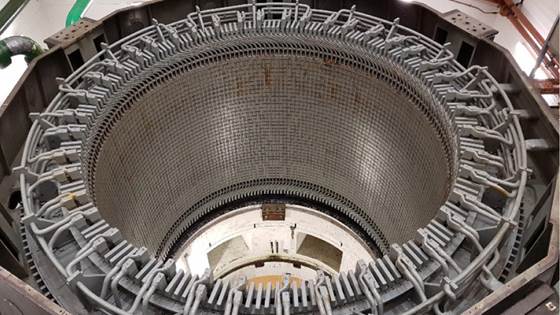
Stator winding insulation is the part of the hydrogenerator experiencing the highest number and the most damaging failures followed by long down times, costly repairs and large economic losses due to interrupted generation.

SINTEF will conduct a knowledge review of economic evaluations of technical aids for people with disabilities. Moreover, we bill carry out a survey to describe the work of evaluations within the current aid system, both at the state and municipal...
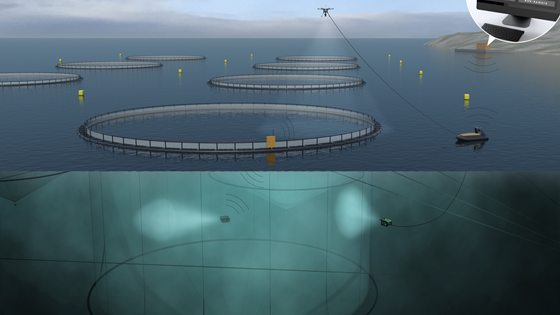
The Artifex project explored new ways of executing operations at fish farms by combing remote control, unmanned surface vehicles, unmanned subsea robots and unmanned aerial vehicles.
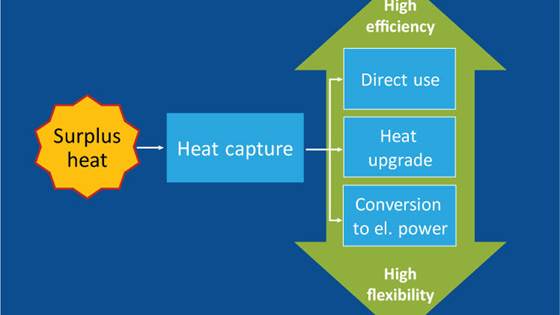
In lack of competitive options, vast amounts of industrial surplus heat are dumped to the ambient all over the globe.
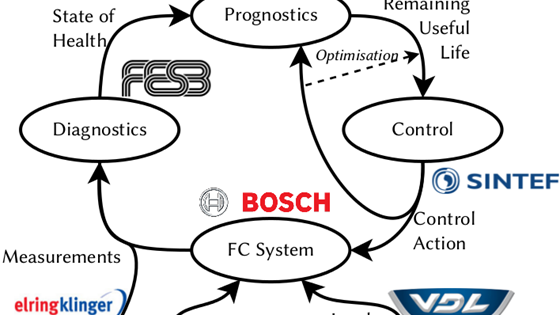
Giantleap aims to increase lifetime and reliability of fuel cells in buses
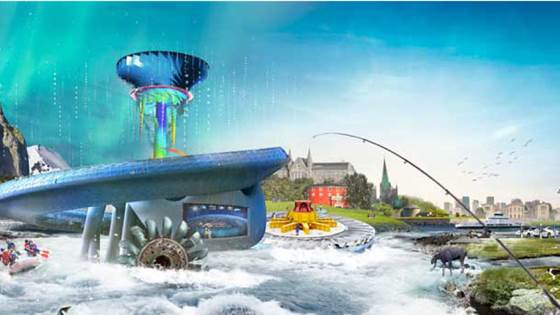
HydroCen is a research center for renewable energy.
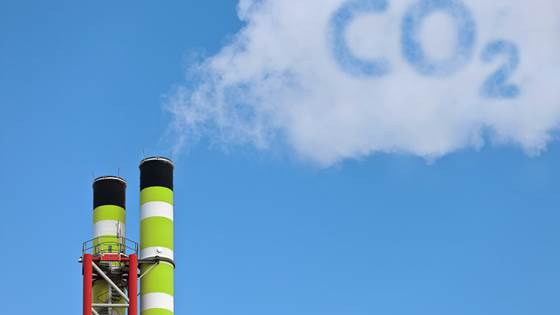
The primary objective of the POLYMEM project is to reduce the costs, energy and environmental impact of CO2 capture compared with existing technologies by developing and implementing the "next generation" polymeric membranes.
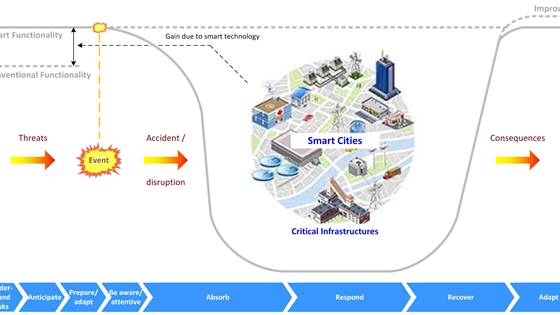
The integration of ICT solutions in critical infrastructures is making societies increasingly "smarter" (e.g. smart cities, smart grids and smart transport). This presents both opportunities and risks. This is the starting point of SmartResilience...
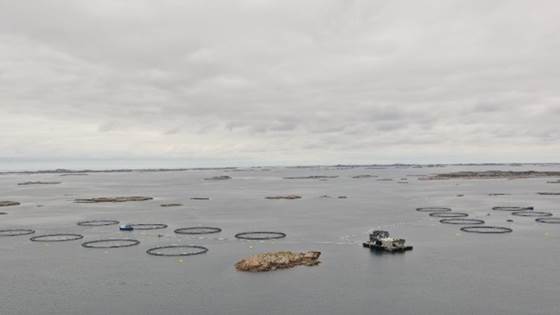
Abundance and distribution of sea lice larvae in relation to the three-dimensional current flow patterns around and within salmon farms.
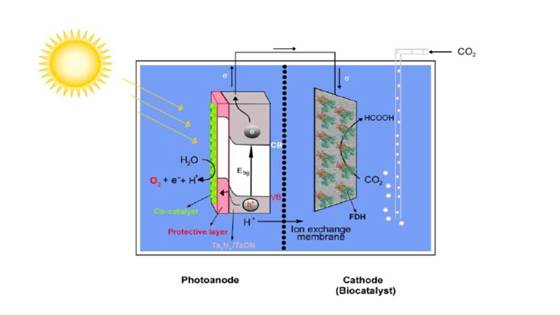
The main objective of CO2BioPEC is to demonstrate a bio-hybrid photoelectrochemical cell, in which solar energy is efficiently captured and at the same time, CO2 is converted to energy-rich compounds in the presence of formate dehydrogenase enzymes...

This project is helping the municipality of Stjørdal with deciding how many new flats for assistant living they shall build in the near future and how they shall be designed.